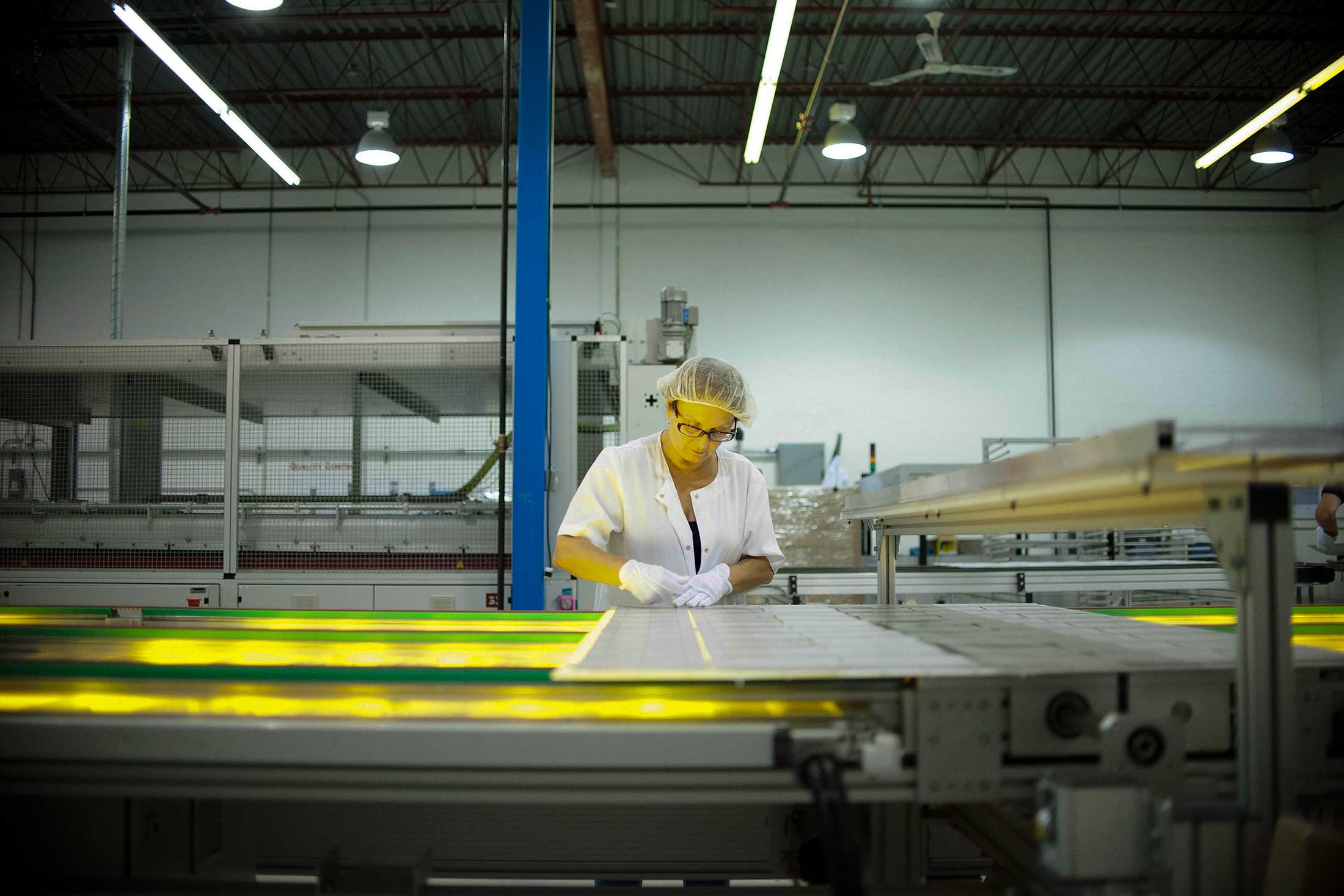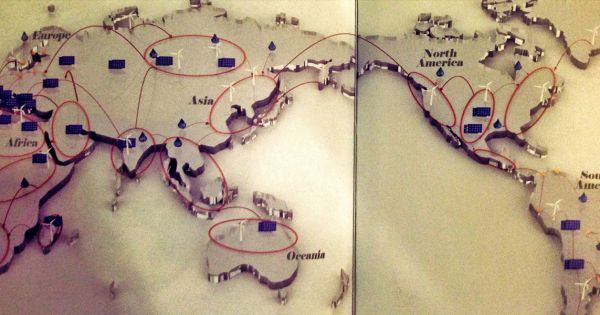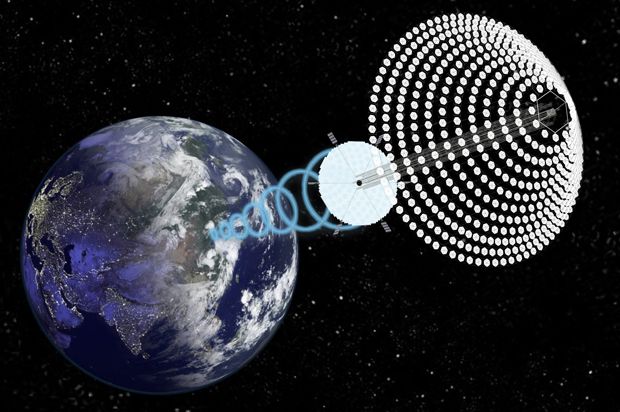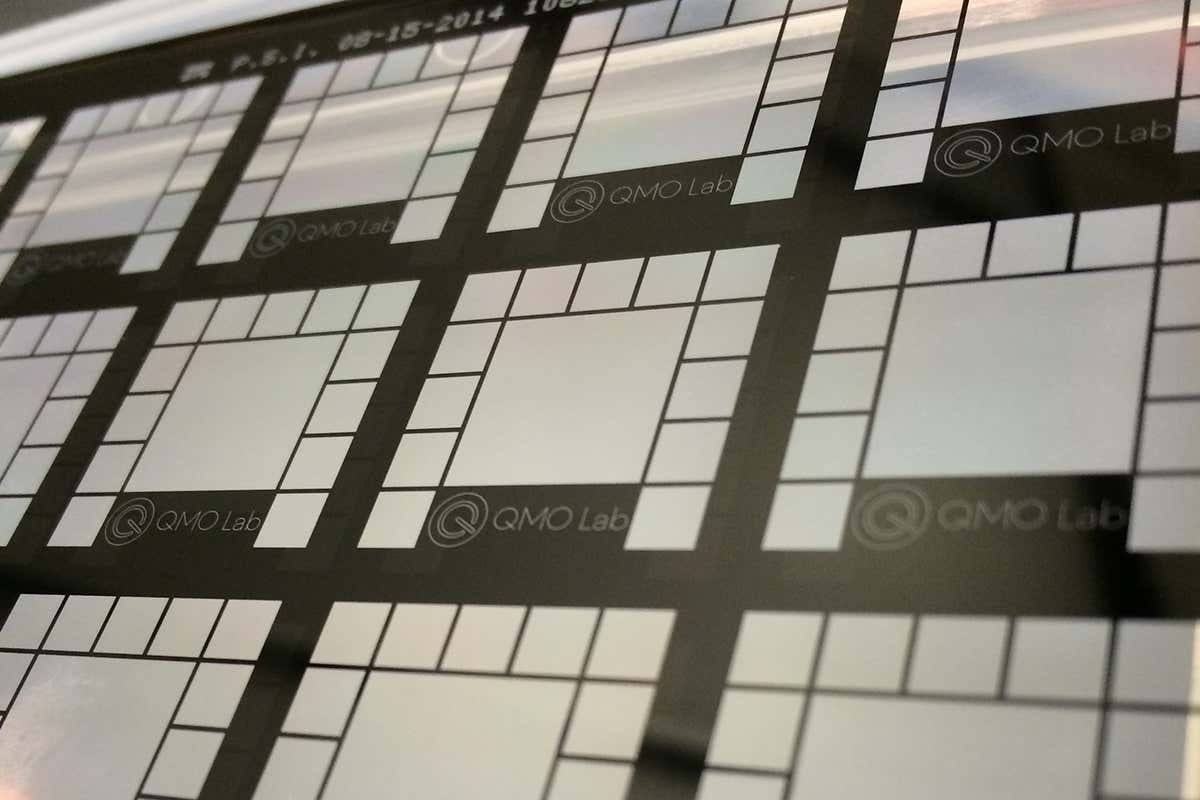Archive for the ‘solar power’ category: Page 125
Dec 27, 2016
The colossal African solar farm that could power Europe
Posted by Lily Graca in categories: solar power, sustainability
Good Morning, People of the Page. Thanks to fellow writer Bruce P. Grether for this story about solar power. And also, thank you, Bruce, for all your wonderful posts to the page, especially in the last few days…the posts you’ve been making in your travels. Much appreciated.
Dec 25, 2016
China Wants to Build a $50 Trillion Global Wind & Solar Power Grid by 2050
Posted by Montie Adkins in categories: climatology, solar power, sustainability
In Brief The company that is tasked with running China’s power grid just proposed a $50 trillion global electricity network to help us tackle pollution and climate change.
It seems that China likes building big things. Take the Great Wall of China. The country has been constructing bigger (and sometimes better) things than the rest of the world for centuries.
Now, the Chinese are at it again, but this time it’s on a global scale. China wants to build a $50+ trillion power grid. For the entire world. And they want to have it in operation by 2050. Talk about ambitious.
Continue reading “China Wants to Build a $50 Trillion Global Wind & Solar Power Grid by 2050” »
Dec 21, 2016
China Dominates Solar Energy
Posted by Karen Hurst in categories: solar power, sustainability
(Credit: (Photo by Lisa Maree Williams/Getty Images)) China is currently domiating in terms of Solar Energy and in here you will find out how they manage their solar industry. 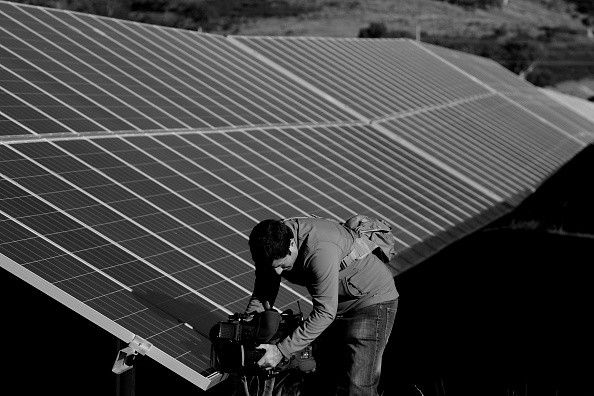
December 21
Dec 21, 2016
Molecular Velcro boosts microalgae’s potential in biofuel, industrial applications
Posted by Karen Hurst in categories: biological, solar power, sustainability
Michigan State University scientists have engineered “molecular Velcro” into to cyanobacteria, boosting this microalgae’s biofuel viability as well as its potential for other research.
The findings, featured in the current issue of ACS Synthetic Biology, show how MSU researchers have designed a surface display system to attach cyanobacteria, also known as blue-green algae, to yeast and other surfaces. The proof-of-concept may improve the efficiency of harvesting algae as well as open avenues to improve the construction of artificial microbial communities for sustainable biofuel production or other industrial projects.
“Inadequate cyanobacterial toolkits limited our ability to come up with biological solutions,” said Derek Fedeson, MSU graduate student and the study’s co-lead author. “So, we wanted to add another tool to the toolbox to expand the capacity of these bacteria, which can harness solar energy for the production of useful compounds.”
Dec 13, 2016
Two electrons go on a quantum walk and end up in a qudit: Russian scientists find a way to reliably connect quantum elements
Posted by Karen Hurst in categories: biotech/medical, computing, nanotechnology, particle physics, quantum physics, solar power, sustainability
This is a BIG DEAL in QC, and Russian Scientists solved it.
Abstract: Scientists from the Institute of Physics and Technology of the Russian Academy of Sciences and MIPT have let two electrons loose in a system of quantum dots to create a quantum computer memory cell of a higher dimension than a qubit (a quantum bit). In their study published in Scientific Reports, the researchers demonstrate for the first time how quantum walks of several electrons can help to implement quantum computation.
“By studying the system with two electrons, we solved the problems faced in the general case of two identical interacting particles. This paves the way toward compact high-level quantum structures,” comments Leonid Fedichkin, Expert at the Russian Academy of Sciences, Vice-Director for Science at NIX (a Russian computer company), and Associate Professor at MIPT’s Department of Theoretical Physics.
Dec 9, 2016
Houston, we have power: Space-based solar power could be the final frontier in renewable energy
Posted by Klaus Baldauf in categories: health, solar power, space travel, sustainability
Yes, renewable energy technologies exist. But solar power, the one with arguably the most promise for significant, scalable deployment, is intermittent. Although the sun provides more energy in one hour than humans consume in a year, we can only tap into this power when the sun is shining. At least, that’s been the predominant school of thought.
But since the 1960s, a group of researchers from NASA and the Pentagon have been thinking outside the box — or in this case, outside the atmosphere. Solar power captured in outer space would not be limited by nighttime hours or cloud cover. And — unlike 23 percent of current incoming solar energy — it wouldn’t be absorbed by water vapor, dust and ozone before reaching us. Finally, because space solar is constant, it wouldn’t need to be stored, which can lead to energy losses of up to 50 percent. In other words, taking our solar panels from the ground to the cosmos could be a great deal more efficient. It may also be key to humanity’s survival.
“In countries right now where they’re trying to deal with poverty, water scarcity, poor health, lack of education and political instability — these are all things you need energy in order to fight,” Paul Jaffe, PhD, spacecraft engineer at the U.S. Naval Research Laboratory, said in a recent TakeApart story. Or, as John C. Mankins, founder of Mankins Space Technology and author of “The Case for Space Based Solar,” told Salon, “In the long run, renewable large-scale energy sources such as space solar power are essential to sustaining industrial civilization, and the long and increasingly high quality of lives that we enjoy.”
Dec 6, 2016
Quantum solar cells could explain why plants are green
Posted by Karen Hurst in categories: quantum physics, solar power, sustainability
Quantum exposed the truth about why vegetation is often green.
An attempt to make more efficient solar cells shows that green light might be the least useful hue – maybe that’s why plants reflect it.
Dec 6, 2016
Google Says It Will Run Entirely on Renewable Energy in 2017
Posted by Blair Erickson in categories: internet, solar power, sustainability
The internet giant has spent years migrating the source of electric power at its giant data centers to sources like wind turbines and solar panels.
Dec 5, 2016
Light Harvesting “Quantum Photocells” Herald A New Age in Solar Energy
Posted by Shane Hinshaw in categories: biological, quantum physics, solar power, sustainability
In Brief
- By combining the fields of quantum physics and biology, researchers have developed more efficient solar cells inspired by photosynthesis.
- With current solar cells wasting about 80 percent of the energy absorbed, it will be interesting to see what future innovative approaches will allow in the pursuit toward universal clean energy.
Science once again reaches a milestone in technology by modeling it after nature. Researchers have devised a new type of highly efficient photocell by studying photosynthesis in plants.
Nathan Gabor, assistant professor for physics and astronomy at the University of California, Riverside, led research spurred by a simple question as to why plants are green. This eventually led to a quest to mimic plants’ ability to efficiently harvest energy from the Sun regardless of how erratic the sunlight is.
Continue reading “Light Harvesting ‘Quantum Photocells’ Herald A New Age in Solar Energy” »
